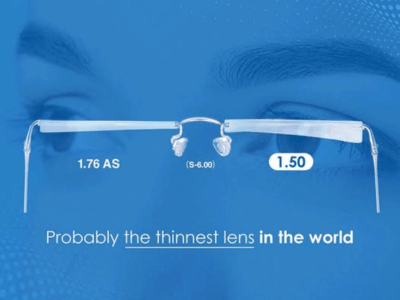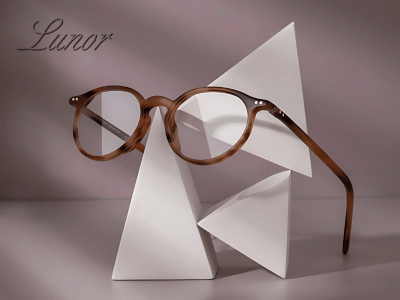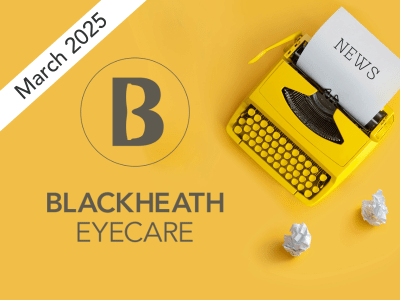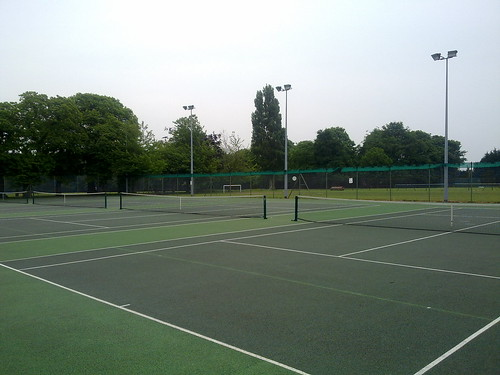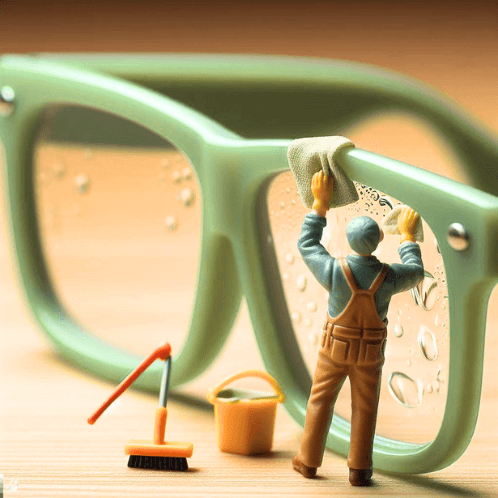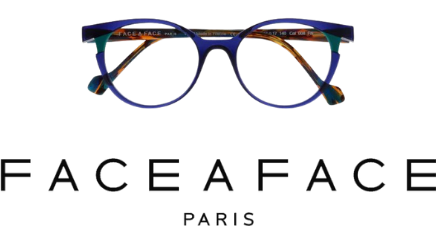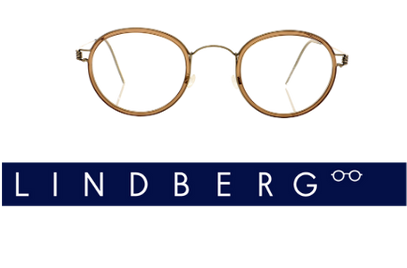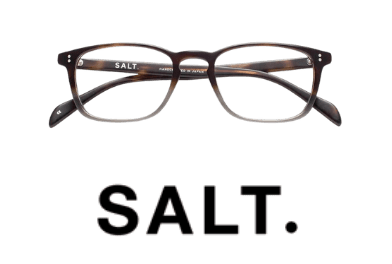A frame that fits well from the onset should stay in place, it should not be constantly slipping off the wearer’s face. When trying on different frames to be dispensed as new spectacles, ensure that your chosen frame has a snug and comfortable fit to be guaranteed of comfort when wearing your new glasses. This is where the aid of a competent dispenser is needed, they will know to check the frame fit at the temples and behind the ears, not only must the bridge width be right, but the overall fitting of the frame, to ensure the best outcome. This is so glasses are put on and stay on comfortably. So bridge width is just but one of various checks the dispenser needs to make to give the wearer a frame that fits well.

Dependent on whether the frame has a moulded acetate/plastic bridge or whether it has a metal bridge with nose pads attached, will determine the possibility of making any adjustment to the frame at the bridge to help maintain its stability when worn. A moulded bridge is fixed and must be a good and comfortable fit to begin with, as no further alteration can be made on it. Having nose pads allows adjustments to be made to either widen or narrow down the bridge width, within reason. Making either adjustment on the frame can be for either the good or the bad, so must be executed well and confidently to an exacting standard. Otherwise, the wearer may be left in a worse off position if the adjustment is done poorly.
via GIPHY
Some spectacle frames are put on and taken off constantly, depending on their main use, others tend to be off more than on! This does mean that frames can over time widen and become slack, meaning they will start slipping and not fitting as well as they initially did. It is important to see your dispensing optician for regular adjustments to keep your frames well aligned and comfortably staying on when worn.



